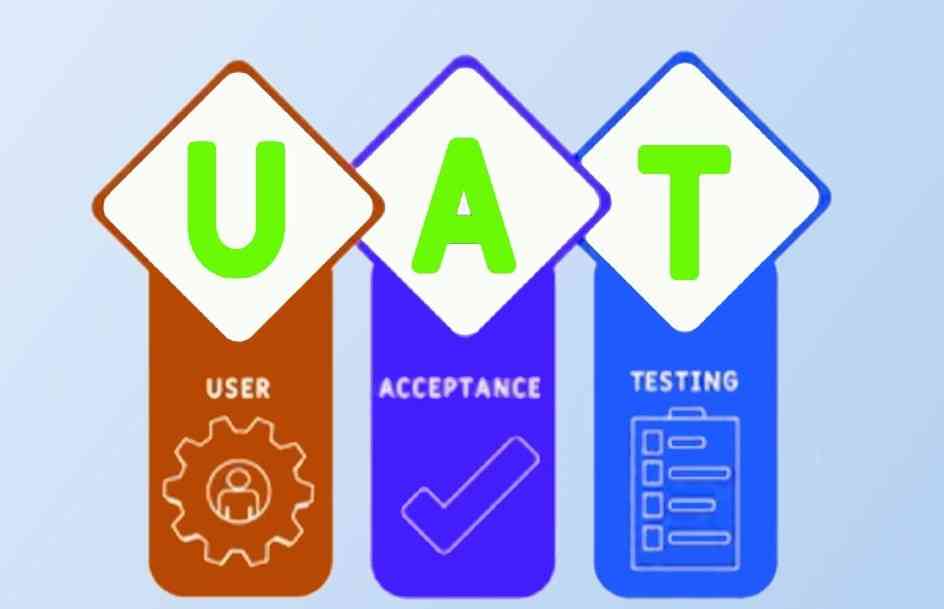Last updated on March 29th, 2024 at 01:32 am
Any effective launch or upkeep of an online platform depends on UAT or user acceptance testing process. UAT verifies that the framework is operating as intended and, even as the title suggests, if the customer approves the finished version.
It may be used for everything from mobile applications to comprehensive e-commerce websites. If other tests, including such systems and operational tests, have indeed been finished, acceptability testing is carried out. It stands for the final phase of testing until a product is made available or re-released.
Both commercial and technology users may automate the testing process with the Opkey test automation platform solution in hours rather than weeks.
Table of Contents
UAT: Its Importance
UAT is crucial because it shows that necessary business operations are working in a way that is appropriate for usage and conditions found in the actual world. The ability of automatic UAT to duplicate repetitious processes accurately, swiftly, and consistently is just one of its major advantages.
In other terms, you shouldn’t be concerned about an automated test-running computer growing “uninterested” or tired of the process. During testing, if the desired result is not obtained, the issue will be reported and returned to the programmers for correction.
This procedure acts as a last check to guarantee that the end product is solidly constructed. But don’t be fooled—just though UAT is the last test done before release, it doesn’t mean that there aren’t many defects found! The annoying flaws that are found might sabotage the customer experience and possibly make the product useless.
The advantages of UAT greatly outweigh the added interest to these large stakes. UAT typically consumes 5–10% of the Opkey development’s duration but can reduce waste by over 30%.
This is an excellent technique for stakeholder groups to guarantee a good return on investment. Most often, these tests are carried out in a specialized testing facility or by crowdsourcing. It costs money and takes a lot of time to manually perform these checks.
Test suites are substantially quicker than test cases and may be run repeatedly without incurring additional costs after they have been created. The duration of repetitious tests can be cut down from hours to days with automated software development. However human testing is always recommended over automation testing.
Benefits of automating user acceptance testing:
- Without having to worry about the accessibility or exhaustion of the testers, tests can be carried out fast and frequently.
- Systems for test automation offer excellent accuracy, renewability, and reliability.
- Binary-based needs assessment and script-based stress and load testing are both possible during tests.
- The given test scripts are highly accurate and precise because of the automation.
Related Articles:
Programming Language for Your Future Project
How to Create an Effective e-commerce App
Conclusion
User acceptability testing (UAT) serves as your final line of defense before exposing your product to your clients with the assurance that it satisfies the criteria after spending a significant amount of time and money on its creation. Since user acceptability testing mechanization has advantages and disadvantages, those who work in the application development sector are aware that these are challenging questions.







